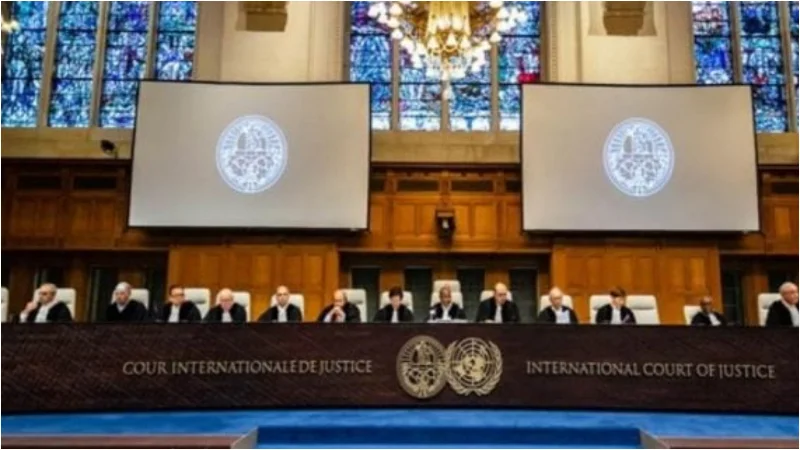Just as Mexican journalists were preparing to protest the execution of a journalist last week, word arrived that two more had been shot to death in the Gulf coast state of Veracruz, bringing the country’s total to 11 this year.
The Veracruz State Prosecutor’s Office said on Twitter that it was looking into the deaths of Yessenia Mollinedo Falconi and Sheila Johana Garcia Olivera, the director and reporter of the online news site El Veraz in Cosoleacaque, respectively.
Veracruz State Prosecutor Verónica Hernández Giadáns stated that the inquiry will be thorough, including the possibility of their media profession being a motivation in their deaths.
The State Commission for Attention To and Protection of Journalists said the two women were attacked outside a convenience store.
“We condemn this attack on Veracruz’s journalism profession, give it prompt monitoring and have opened an investigation,” the commission said.
Their murders followed the ninth murder of a journalist this year in the northern state of Sinaloa. Prosecutors said Thursday that the corpse of Luis Enrique Ramrez Ramos was discovered on a dirt road near a junkyard in Culiacan, the state capital.
According to prosecutors, his corpse was wrapped in black plastic and he died from repeated hits to the head.
According to Ramrez Ramos’ news website, “Fuentes Fidedignas,” or “Reliable Sources,” he was taken near his home hours earlier.
Mexico has been the deadliest country for journalists working outside of combat zones this year, because of the dizzying speed of homicides.
Griselda Triana, the wife of assassinated journalist Javier Valdez, talked to 200 journalists gathered at Mexico City’s Angel of Independence monument on Monday evening. The rally was originally planned to oppose the assassination of Ramrez Ramos and those who came before him.
Valdez, one of Mexico’s most well-known journalists, was an award-winning reporter who specialized in investigating drug trafficking and organized crime in the northern state of Sinaloa.
“In all this time I haven’t stopped thinking about how easy it is for them to kill a journalist in Mexico,” Triana said. “I feel hurt each time they take the life of so many colleagues.”
“There’s so much anger, indignation, powerlessness knowing that we come here to protest the murder of Luis Enrique Ramírez, (that happened) a few days ago in Culiacan, Sinaloa, and the news of the killing of two women journalists in Veracruz reaches us here,” Triana said. “It’s a whirlpool. The crimes against freedom of expression keep occurring every day. We shouldn’t tolerate it. We have the authority to ask the authorities to put a stop to this slaughter of journalists.”
The victims, like those slain on Monday, are mostly from tiny, hyperlocal journalism organizations. El Veraz ran a Facebook page that looked to be almost entirely dedicated to posting alerts about upcoming events or public information from the municipality’s authority. “Journalism with Humanity” was El Veraz’s slogan.
According to the message, the phone number supplied for El Veraz rang on what looked to be Mollinedo Falconi’s mobile phone.
Cosoleacaque is located in southeastern Veracruz, close off a major east-west road. Although organized crime is prominent in the region and is particularly active in migrant smuggling, there was no obvious indication of who may have been responsible.

Cuitláhuac Garca, governor of Veracruz, stated a manhunt was underway for those responsible.
“We will find the perpetrators of this crime, there will be justice and there will not be impunity like we have said and done in other cases,” García said via Twitter.
Journalists had previously planned a rally in Mexico City for Monday to denounce the deaths of their colleagues, most notably Ramrez Ramos in Sinaloa.
Mexico’s state and federal administrations have been chastised for failing to prevent or adequately investigate the deaths.
While organized crime is frequently engaged in journalist assassinations, small-town authorities or politicians with political or criminal objectives are also frequently suspected. Journalists who work for tiny news outlets in Mexico’s interior are easy prey.
It was not immediately clear whether Mollinedo Falconi or Garcia Olivera were registered in Mexico’s protection program for journalists and human rights advocates.
Participants receive support, such as electronic devices or “panic buttons” to alert the authorities to any threat; surveillance systems in their homes; even bodyguards in some cases. Often authorities recommend that threatened journalists move to another state or the capital to lessen the threat, but that means separating them from their work, livelihood, and families.
While President Andrés Manuel López Obrador has promised a “zero impunity” program to investigate such slayings, journalists’ murders, like most homicides in Mexico, are never resolved by authorities. López Obrador has also kept up his regular verbal attacks on journalists critical of his administration.
In February, the Inter-American Press Association called on the president to “immediately suspend the aggressions and insults, because such attacks from the top of power encourage violence against the press.”
In March, the European Union approved a resolution that “calls on the authorities and in particular the highest ones, to refrain from issuing any communication which could stigmatize human rights defenders, journalists, and media workers, exacerbate the atmosphere against them or distort their lines of investigation.”
Late Monday, presidential spokesman Jesús Ramírez said via Twitter that the federal and state governments would work together to investigate the killings. “The commitment is that there is no impunity.”
For the latest International News Follow BOL News on Google News. Read more on Latest International News on oldsite.bolnews.com




















